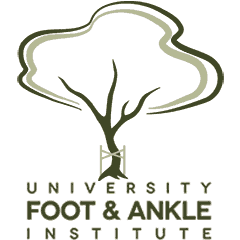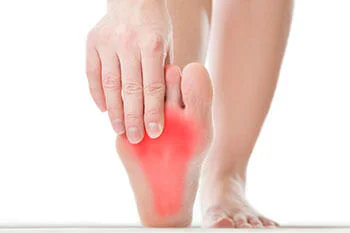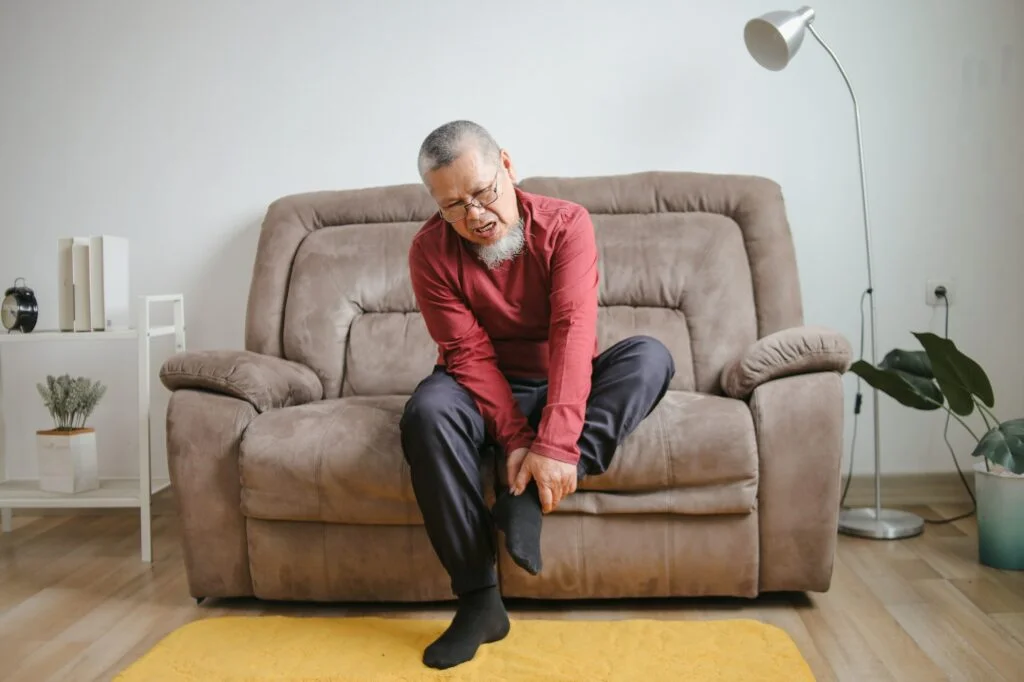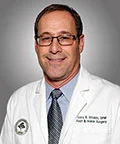Table of Contents
Cryotherapy for Nerve Pain: A Cutting-Edge Solution for Foot and Ankle Relief
Introduction
What is Nerve Pain?
Nerve pain, also known as neuropathic pain, occurs when nerves are damaged or dysfunctional, sending abnormal pain signals to the brain. Common causes of nerve pain in the foot include:
- Morton’s neuroma – A thickening of the tissue around a nerve in the ball of the foot
- Peripheral neuropathy – Nerve damage often caused by diabetes, infections, or injuries
- Tarsal tunnel syndrome – A compressed nerve in the ankle leading to burning and tingling sensations
- Chronic nerve injuries – Resulting from trauma, repetitive strain, or surgery
Symptoms of nerve pain include burning, tingling, numbness, sharp pain, or heightened sensitivity to touch. If left untreated, nerve pain can significantly impact mobility and quality of life.
What is Cryotherapy for Nerve Pain?
Cryotherapy, also known as cryoneurolysis, is a minimally invasive procedure that uses controlled cold temperatures to temporarily disable overactive or damaged nerves. This treatment provides effective pain relief without the need for major surgery.
During the procedure, a small probe is inserted near the affected nerve, and cold temperatures are applied to disrupt nerve function. This prevents the nerve from sending pain signals to the brain, providing long-lasting relief.
Benefits of Cryotherapy for Nerve Pain
Cryotherapy is gaining popularity as a treatment for foot nerve pain due to its numerous advantages, including:
- Minimally invasive procedure – No large incisions or significant tissue damage
- Fast pain relief – Many patients experience relief within days
- Quick recovery time – Most people return to normal activities within a short period
- Reduced reliance on pain medications – Helps minimize the use of opioids and anti-inflammatory drugs
- Lower risk of complications – Compared to surgical nerve procedures
Who is a Good Candidate for Cryotherapy?
Cryotherapy is suitable for patients who:
- Experience chronic nerve pain that has not responded to conservative treatments
- Want a non-surgical approach to pain relief
- Are looking for a minimally invasive option with a fast recovery time
- Suffer from conditions such as neuropathy, Morton’s neuroma, or tarsal tunnel syndrome
A podiatrist will evaluate your symptoms and medical history to determine if cryotherapy is the best treatment option for your condition.
The Cryotherapy Procedure
Cryotherapy for nerve pain is typically performed as an outpatient procedure under local anesthesia. The steps include:
- Identifying the Targeted Nerve: Using imaging guidance, the podiatrist locates the affected nerve.
- Applying Local Anesthesia: The area is numbed to ensure comfort during the procedure.
- Cryoprobe Insertion: A specialized probe is inserted near the nerve through a tiny incision.
- Cold Therapy Application: Controlled freezing temperatures are applied to disrupt nerve function.
- Closure and Recovery: The incision is closed with a small bandage, and patients can usually walk out of the office the same day.
Recovery and Aftercare
One of the key benefits of cryotherapy is the minimal downtime associated with the procedure. Most patients can expect:
- Immediate pain relief, though full effects may take a few days
- Mild swelling or soreness at the treatment site, which subsides quickly
- Returning to daily activities within days, with some restrictions on high-impact exercises
- Follow-up visits to monitor healing and effectiveness
- To maximize recovery, follow these aftercare tips:
Keep the treated area clean and dry for a few days.
- Avoid excessive pressure on the foot until cleared by your podiatrist.
- Use ice packs and mild pain relievers to reduce swelling if needed.
- Attend all follow-up appointments to assess the success of the treatment.
Potential Risks and Side Effects
Although cryotherapy is a safe and well-tolerated procedure, potential side effects include:
- Temporary numbness or tingling in the treated area
- Mild swelling or bruising, which resolves quickly
- Possibility of nerve regeneration, requiring repeat treatment in the future
Discuss any concerns with your podiatrist to ensure a safe and effective outcome.
Why Choose University Foot & Ankle Institute?
Cryotherapy for nerve pain is a cutting-edge, minimally invasive procedure that offers effective relief for foot and ankle nerve conditions. Whether you suffer from neuropathy, Morton’s neuroma, or chronic nerve pain, this treatment can help restore comfort and mobility. If you’re looking for a non-surgical approach to managing foot pain, consult a podiatrist to see if cryotherapy is right for you.
At University Foot & Ankle Institute, our board-certified podiatrists offer expert care for conditions like nerve pain. We provide advanced treatment options, from conservative care to surgical solutions, ensuring personalized care for every patient.
Board-Certified Podiatric Foot and Ankle Specialist, Dr. Gary Briskin, DPM, FACFAS, began his medical training by serving a residency at Flint General Hospital in Michigan. Once completed, he established a practice in Century City Hospital, where he soon became chief of podiatric surgery.
Dr. Briskin is a Diplomat of the American Board of Podiatric Surgery and a Fellow of the American College of Foot and Ankle Surgeons. He also serves as an assistant clinical professor at the UCLA School of Medicine and is co-founder and co-director of University Foot and Ankle Institute.






